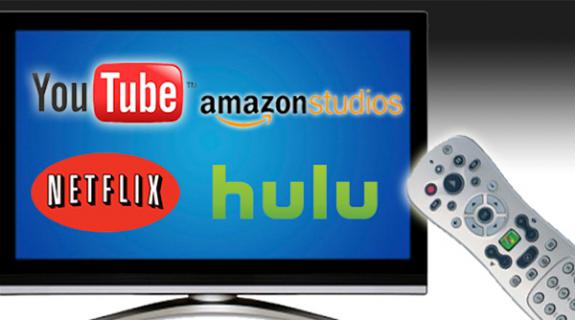Some 22 percent of the U.S. population are “cordless” viewers of television, said Karen Ramspacher, senior vice president, consumer insights and trends, Gfk, during a session titled Cordless Americans: A Complete Picture of the New TV Viewer at the Advertising Research Foundation’s OTT-themed conference in New York City on Tuesday.
These viewers tend to be age 35 and younger and they’ve either cut the cord by choice, due to economic duress or just never paid for TV in the first place. Cord-cutters’ TV consumption is primarily through the internet, while cord-nevers tend towards short-form video.
“Are they meeting our TV products and, if so, how do we reach them because they are not seeing our 30-second ads anymore,” wondered Ramspacher regarding this growing cordless population. Ramspacher refers to the new “Big 4” as YouTube, Netflix, Hulu and Amazon Prime, despite the fact that the majority of the audience still watches television live.
In Gfk’s thrice-yearly study called “Cord Evolution,” about 55 percent of the population still watches TV the old-fashioned way: live. Some 23 percent of the population watches via time-shifted streaming, while 22 percent watches via time-shifted DVR and video on demand.
“For younger people, 18-34 year olds to be exact, the streaming piece of the pie is getting much bigger and what’s getting eaten away is DVR/VOD time,” said Ramspacher.
Out of that younger demographic, 37 percent watches television via time-shifted streaming compared to 21 percent who watches via DVR/VOD. Live viewing in that demographic is still first at 42 percent.
“The total in the United States for people who have streamed in the past 30 days is consistent at 61 percent,” said Ramspacher. “In my head, I always think it should be up in the 80s, but for many people this is just not regular behavior yet.”
“Despite the inroads among the cordless and the concerns about how to monetize them, right now the most common way to consume content is still live,” she added. “But the expectations are of more of a shift to cordless in the future.”
What the So-Called Cordless Watch
“YouTube obviously dominates the short-video space,” said Ramspacher, addressing the non-mainstream viewing audience. “Netflix is very small in that area. But what Netflix is really up for is the original series, Amazon Prime is neck and neck with both movies and TV shows, and Hulu’s bread and butter is current TV shows.”
And then there is the concept of the “Heavy Streamer,” which is made up of 11 percent of the total population. One-third of this group are cordless, streaming an average of 32 hours per week, and this is the audience known to participate most heavily in binge-viewing.
“When you think about media planning and how to reach a certain target in cordless consumption, you can see the core group for which they over-index and which streaming services they primarily use,” said Ramspacher. “You really do get a feel of who these folks are and what their spending potential is. The data is available.”
Tags:



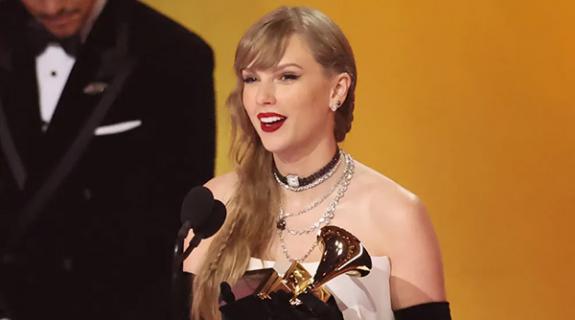
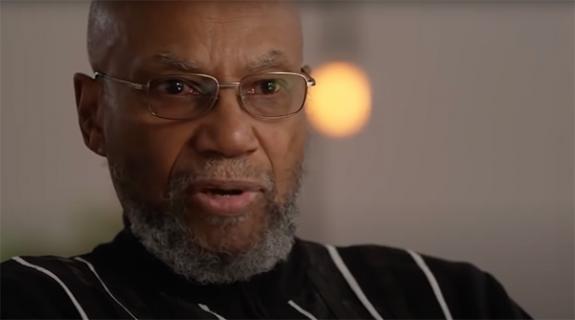









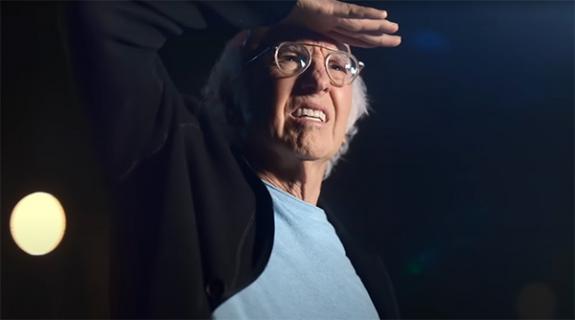


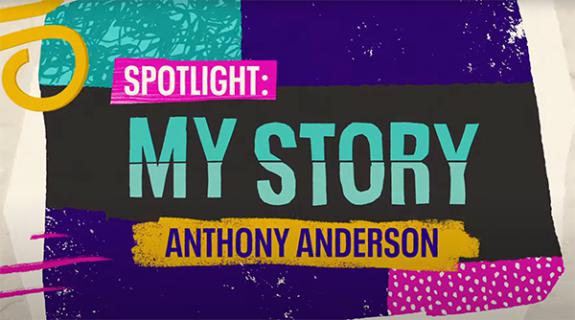






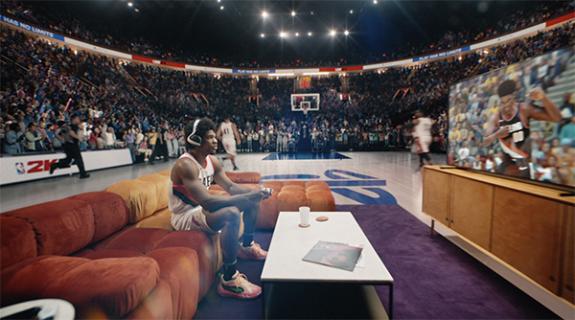
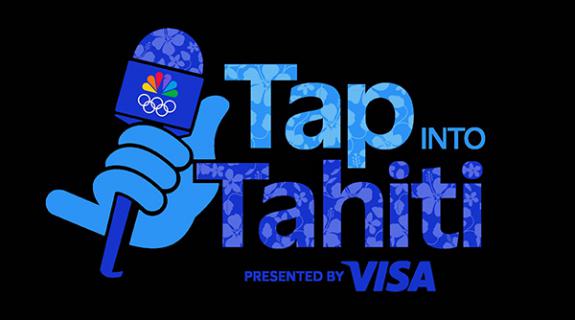



















__twocolumncontent.jpg)











